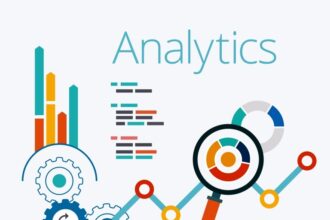I just watched an intriguing four-minute TED video called “Nathalie Miebach: Art Made of Storms.” It’s a great example of science inspiring art. Nathalie Miebach is a sculptor whose work focuses on the intersection of art and science and the visual articulation of scientific observations.
I just watched an intriguing four-minute TED video called “Nathalie Miebach: Art Made of Storms.” It’s a great example of science inspiring art. Nathalie Miebach is a sculptor whose work focuses on the intersection of art and science and the visual articulation of scientific observations. She translates scientific data related to astronomy, ecology, and meteorology into woven sculptures and musical scores.
Miebach’s TED presentation begins with the sounds of classical music. The music is the interaction of barometric pressure, wind, and temperature readings recorded during Hurricane Noel in 2007. The musicians played off a three-dimensional graph like the one depicted below. Each bead, colored band, and piece of string represents a weather element that can also be played as a musical note. Weather elements include hour of the data, air and water temperature, wind direction, humidity, barometric pressure, tide data, and moon and sun data. The artist extracts information from the physical environment and compares it to satellite images, data from off-shore buoys, and compiles numbers on clipboards.
What’s interesting to me about Miebach’s art is how she has found new ways to convey relationships in the data that may not come across in two dimensions . . . perhaps not even three dimensions. Her art makes us think about the data that represents a weather system — like a hurricane — in new ways. She starts with two or three weather element variables and translates the data into a piece of art that is visible, tactile, and audible.
Imagine that you are the head of sales for Europe. You have a 3D sculpture — a digital one rather than a physical one made of reed, wood, and plastic — on a second monitor on your desktop. Or perhaps, fast forwarding a few more years, you have a virtual sculpture on your desk — a hologram. When sales figures spike, you see a new branch grow out of your sculpture and your sculpture emits an orchestral sound you don’t often hear. As the percentage of sales grow in a particular sector of the market increases, sections of your sculpture change color. These fresh, new forms of data presentation and visualization have the potential to lead to unexpected insights.
I don’t know about you, but I would love to have a data sculpture on my desk!







